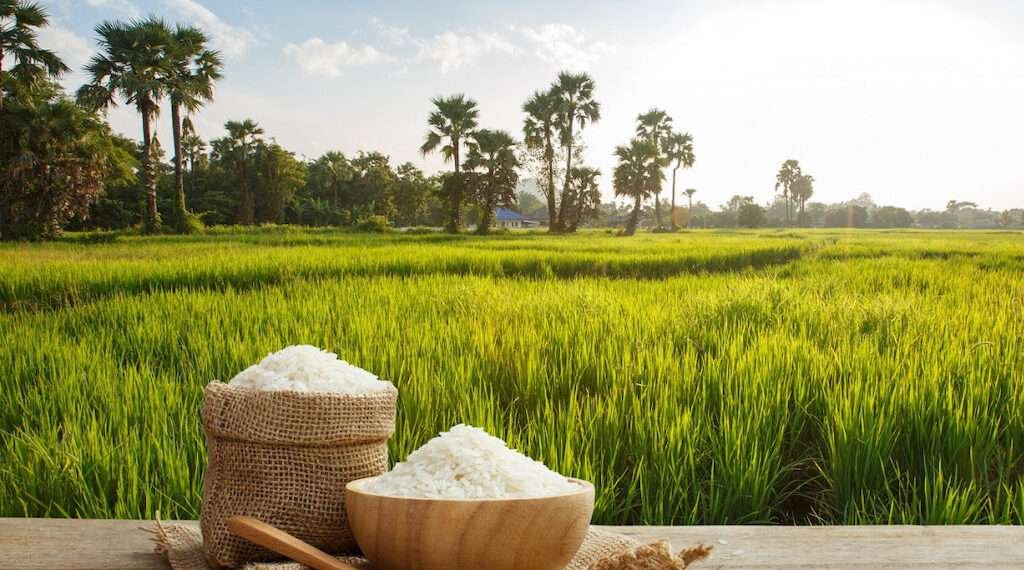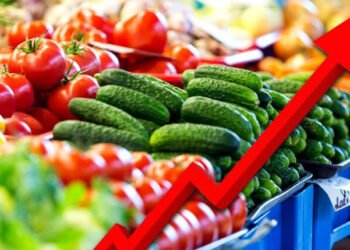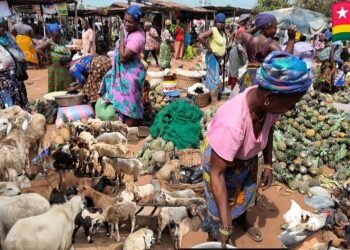Ignoring Ghana’s efficient local production to rely on import has always been the headache of the nation.
In 2022, Ghana spent over GH¢6.8billion (equivalent to US$560 million at current market rates) importing rice, a grain that can be produced locally.
According to the data released by IDH Sustainable Trade, a foundation headquartered in The Netherlands, total rice consumption stood at 1.4 million metric tonnes in 2022, while imports valued at US$560 million accounted for 800,000 metric tonnes (mt) of the consumption figure, with domestic production catering for the remaining demand.
Similarly, according to the Ministry of Food and Agriculture (MoA), between 2010 and 2020, the country’s rice imports hit a staggering US$8billion. This, in addition to imports of other food items that can be produced locally, has been a major source of concern for stakeholders.
Warning the country against reliance on imports, the Country Director for IDH Sustainable Trade, Mr. Robert Asugre, averred that the high dependence on imports of food staples like rice, despite vast untapped domestic potential, however comes with ramifications for the cedi and local job prospects.

Just like many other industry watchers and economists, Mr. Asugre is of the view that rising consumption of the grain presents huge opportunities for real value creation and jobs if the right investments and policies on local production are prioritised.
“The rice value chain in Ghana, when supported, will lead to increased commercialisation and improved production of high quality and quantities that are competitive. This will help reduce the impact of rice imports on the economy.”
Robert Asugre
Mr. Asugre spoke on the sidelines of the National Rice Fair held in Walewale in the North-East Region, and therefore called for greater commitments from government and the private sector to ease the import burden on the economy of rice and other foodstuffs which can be produced locally.
Making a case for his suggestion, he disclosed that the northern parts of the country alone, for instance, have potential to meet the rice needs of Ghanaians if the right investments into infrastructure including irrigation systems, milling machines and storage facilities as well as suitable policies can be put in place.
Mr. Asugre noted that the result of such investments will have a very long-lasting impacts on the economy, as it will retain value within, as well as creating sustainable jobs for the country’s energetic youth.
Rice Development
Rice has become the second staple food consumed in the country after maize, with production increasing from 48,800mt in 1970 to 925,000mt in 2019; growing at an average annual rate of 9 percent, according to the Food and Agriculture Ministry.
Despite the figures depicting high potential for growth in local production, the Agriculture Ministry revealed that challenges including access to finance, skilled labour, shortage of combine harvesters, milling machines and storage infrastructure continuously threaten the crop’s production.
Though Ghana being one of the first countries in the sub-region to launch the National Rice Development Strategy, challenges still persist with the country having already missed out on its local rice production agenda as part of the Coalition for African Rice Development policy.
According to the Agriculture Ministry, that strategy, which was unveiled in May 2008 as the National Rice Development Strategy for the period 2009-2018, aimed at increasing domestic production up to 70 percent and promoting consumption through quality improvement, targeting both local and international markets.
The strategy ended almost four years ago, albeit rather achieving an opposite figure of 70 percent imports with the Ghanaian consuming public still largely dependent on imported rice brands.
Read Also : There is the Need to Develop an Efficient Seed System to Manage Climate Change – Prof Paul























